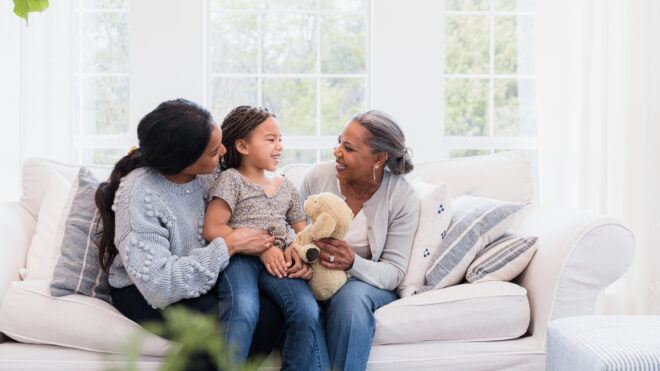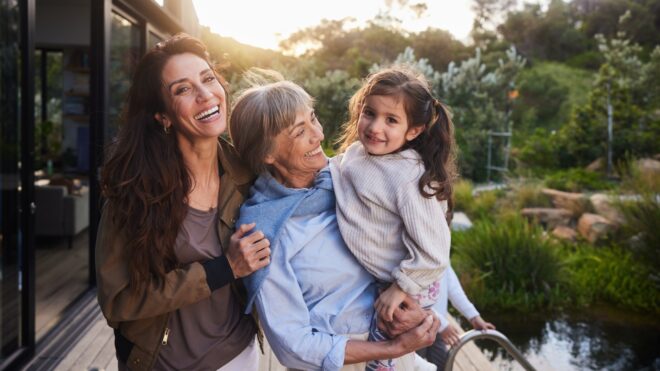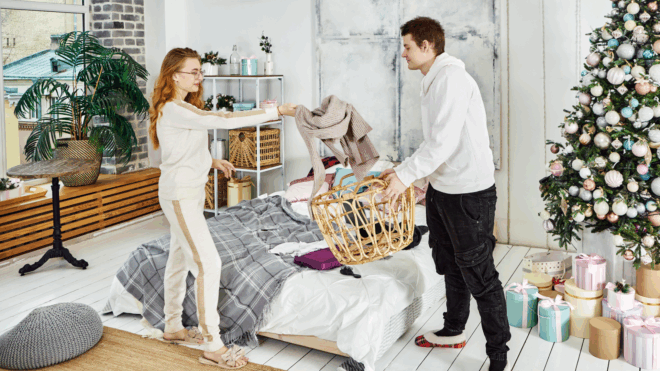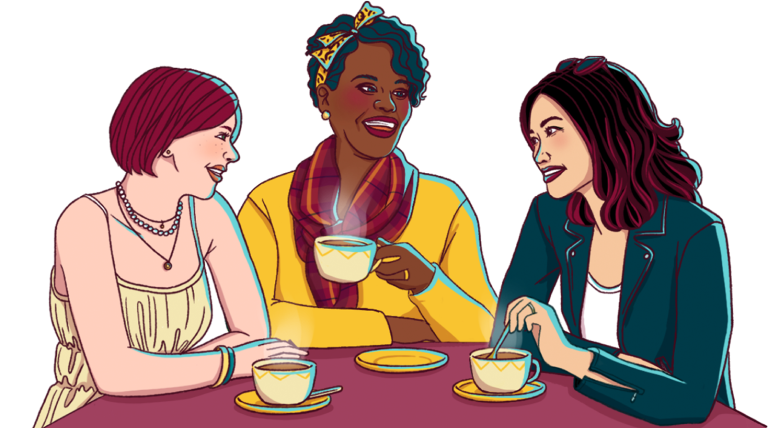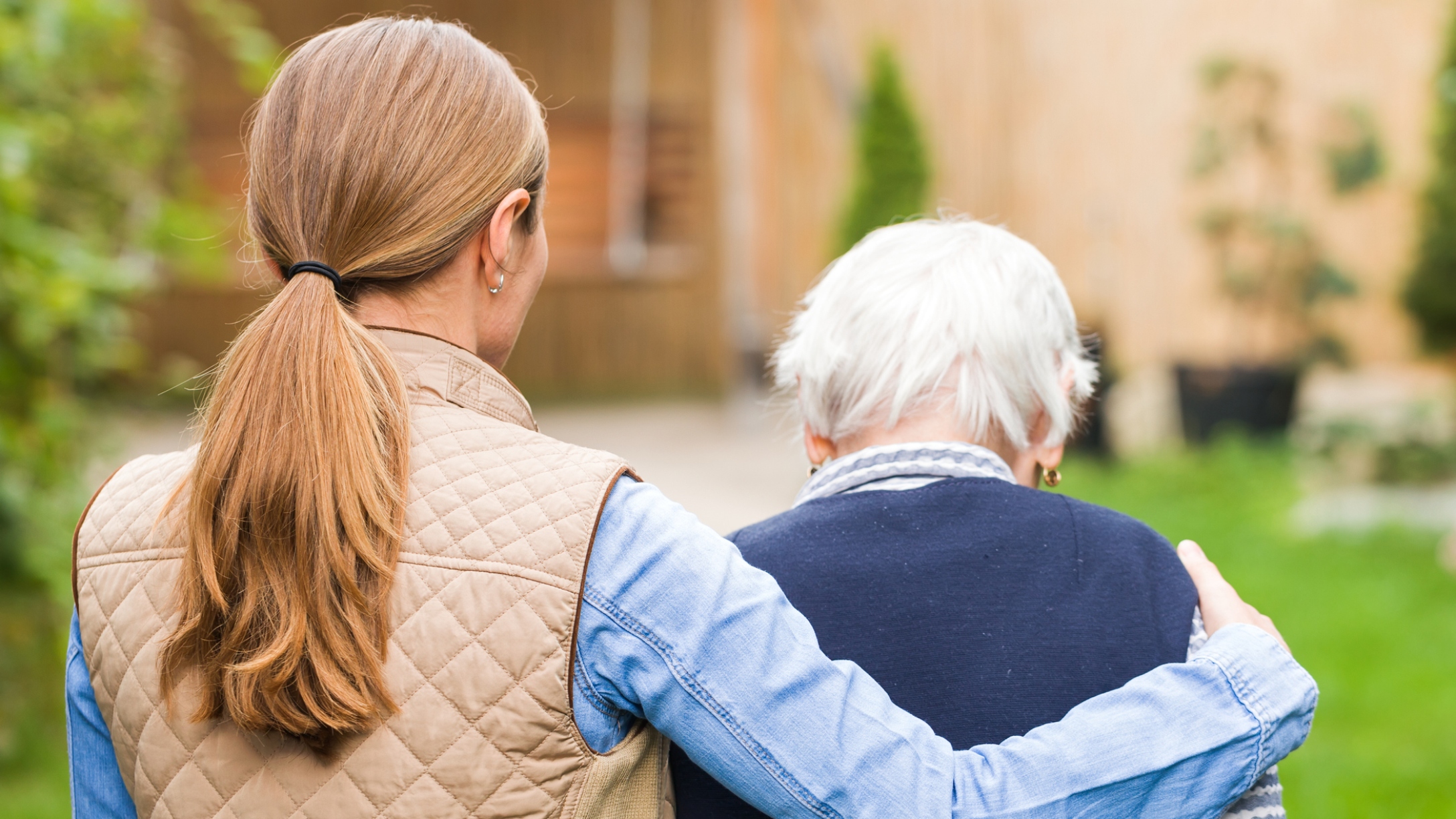
It’s no secret that women tend to take on the majority of child care, especially for younger kids. But taking care of aging parents is a reality for many mothers too.
A 2024 report from Wells Fargo details that women bear a disproportionate brunt of both paid and unpaid elder care in the United States. Additionally, our fast-aging population means the caregiving burden is only going to increase.
Perhaps unsurprisingly, women will take on the brunt of caring for older adults in the coming years. And they will do it with little to no compensation for the physical and mental load that comes with caring for an aging parent.
More from CafeMom: The Caregiver’s Time Machine: How To Future-Proof Your Sandwich Years as a Busy Mom
This is important because nearly a quarter of the population will be older than 65. That means that a larger percentage of the population needs care.
Women who are caregivers – especially unpaid – face serious risks such as these:
- lower earning potential
- loss of paid work
- burnout
- financial concerns
- health concerns
Here are some important points the report highlighted about taking care of aging parents.
Women are default caregivers for all ages.
According to the report, the population in the United States is aging rapidly, and the need for elder care is on the rise. The report states that the US has never been older.
People 65 and older account for 22% of the population, which is expected to grow exponentially over the next decade.
That means many seniors will need additional care, and women will likely be the ones looking after them. Enter the Sandwich Mom – a mother who is still raising her kids and is faced with taking care of aging parents as well.
“Perhaps not surprisingly, women shoulder a disproportionate share of unpaid care responsibilities but also play an outsized role in providing paid care. As the population rapidly ages, it won’t be able to do so gracefully without her,” the report notes.
Elder care often comes without compensation.
Women take on disproportionately high amounts of unpaid elder care. According to the report, up to 14% of the population does unpaid elder care, and of that, most are women.
Of the 40 million female caregivers taking care of aging parents in the US, a shocking 37 million of them do it unpaid.
Not only are they not getting paid for the work of caring for the elderly, but they also usually have to cut back on their paid work to make it happen. The report pointed out that the number of women working part time outnumbers men 5 to 1 after age 55.
“If responsibilities were more evenly distributed, women ages 55+ could have made even stronger contributions in recent years to the labor force,” the authors summarized.
Even when families choose paid elder care, women are often the caregivers.
Paid caregivers are also still most likely women. According to the study, women account for 82% of home health and personal care aids. The Department of Labor projects an increase of 22% in these types of elder care jobs by 2032, but they will likely be filled by women.
The irony is that even paid caregivers – who are almost always women – are at a challenging part of life when they need support too.
“Paid care work relies disproportionately on women ages 55+, a group in the midst of its own tug-of-war between unpaid care responsibilities and paid employment,” the report points out.
Elder care does not pay well.
Although women are more likely than men to work paid elder care jobs, they’re still not paid well. Plus, elder care jobs are often physically and emotionally demanding.
Additionally, wages are usually lower than other female-dominated jobs.
More from CafeMom: 10 Tips for Having an Aging Parent Move In With Your Family
Elder care relies on women.
The study explains that because the US population is aging to the point of having more elders than young people, taking care of aging parents is an issue that will affect everyone eventually. And because most caregivers paid or unpaid, family or stranger, likely will be women, we need a plan now to support women.
As the report concludes, “The bottom line is that the rising need for eldercare is a cost to us all. … As the United States transitions to a more care-oriented economy, it will need her.“

